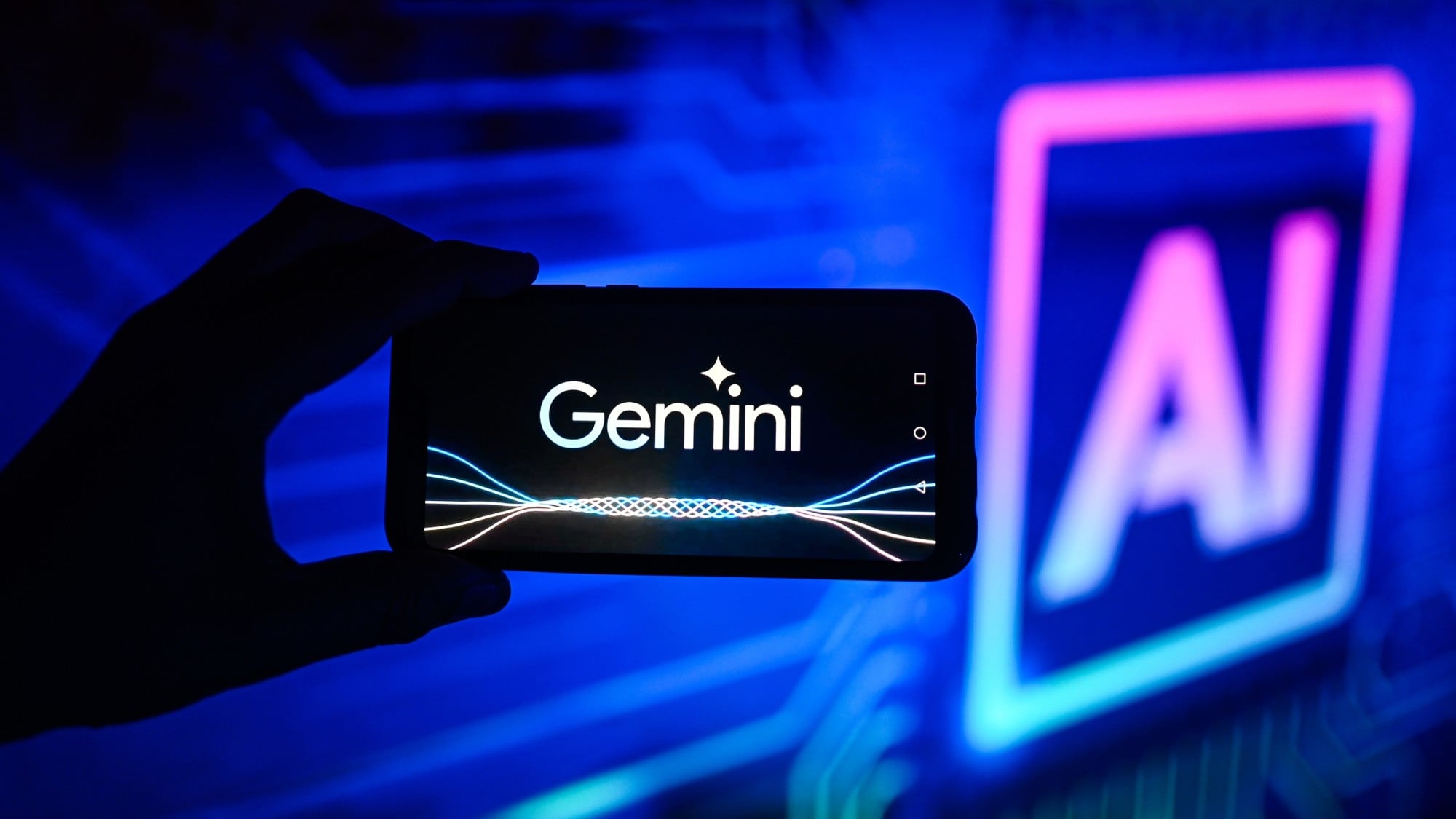There’s a new bank in America. And it’s a 20-year-old public company no one’s ever really heard of.
Green Dot, the inventor of prepaid debit cards and the invisible banking platform behind fintech startups and brands like Uber and Apple Pay, is becoming a direct-to-consumer brand with the launch of (yet another) high-yield savings account and a cash-back checking account.
The Unlimited Cash-Back Bank Account, revealed Tuesday, earns users three percent unlimited cash back annually on all online and in-app purchases as well as a three percent annual percentage yield up to $10,000 on money saved in the integrated savings account. It comes with a monthly fee of $7.95, which is waived if customers maintain a $1,000 minimum monthly spend. There are no overdraft or in-network ATM fees, but the account comes with a set of fees that encourage digital engagement with the bank.
"We wanted to attract a lot of people to have the ability to save the bank’s money; and by so doing have the kind of scale we believe we can by providing these benefits, but still make money and greatly expand Green Dot’s total addressable market,” Green Dot CEO Steve Streit, told Cheddar in an interview. “Most don’t know we’re a 20-year-old company. This product will be the first time they say ‘Green Dot – what is that?' It’ll be that bank that’s really big but that no one’s ever heard of.”
The Pasadena, California-based Green Dot is the biggest issuer of prepaid MasterCard and Visa debit cards in the U.S., of which Walmart is one of the biggest distributors. It also has a bank charter and in the last two years has focused on powering financial products for companies like Uber, Stash, Apple Pay, and TurboTax. Streit said that the effort to own more of the consumer relationship isn’t quite a strategy shift, just a natural part of the company’s mainstream evolution.
In May, Green Dot’s stock plunged 26 percent after first quarter earnings results, which beat analyst estimates of $1.42 per share but fell short of revenue estimates of $329.2 million. At the time, the company announced it would invest $60 million this year on future products that would bring about a million new accounts and translate to $200 million of earnings over time. But the company also said it expected earnings to drop 13 percent year-over-year.
The Green Dot Unlimited account comes with access to an ATM network, cash deposits at Green Dot retail partners like Walmart, online bill pay, and the option for users to receive their salaries up to two days before payday, and government benefits up to four days before they are due to be paid. Customers will also be able to download a mobile app, which will also include money transfer and financial management features.
Green Dot is entering a competitive race among young fintech startups to see who can acquire the most customers by offering the highest interest rate on savings accounts. Last week Betterment came out with what was the highest rate, 2.69 percent, until now. Robinhood had plans to launch a cash management account with a three percent yield in December, but pulled it back and is working with regulators on approval.
The industry has yet to see the success of that value proposition. To date, none have attracted significant consumer adoption — and even in cases that have shown increases in customer sign-ups, they’re often used as secondary, fun-money accounts, according to Stephen Greer, a senior analyst in Celent's banking group.
“They haven’t been enticing enough to become a primary banking relationship — that’s where the profitability comes,” Greer said. “They’ll be challenged to differentiate themselves or come up with a value proposition that’s unique enough to attract customers.”
But unlike the fintech startups it’s now competing with, Green Dot brings some extra heft to the market, being a longstanding public company with resources, cash flow, and a familiarity around the economics of prepaid debit and banking-as-a-service.
“There’s a land grab for free bank accounts,” Streit said. “Everyone’s looking to get as many customers as they can. Green Dot’s job is also to get as many customers as we can, but to do so profitably and in a sustainable way. When you’re a startup in a land grab mode you don’t think of sustainability.”
Green Dot is also entering the market at a time when startups are rethinking fee models for financial services products and bundles by charging flat monthly subscription fees, so they can offer “fee-free” services but maintain an active revenue stream. The fee model is often tiered and ranges between $1 and $12. MoneyLion, Simple, Qapital, and Acorns are among the others leading this trend. So is Stash, whose banking service and debit card is powered by Green Dot.
“Over time you’ll see Green Dot have more add-on products,” Streit said. “We’ll probably partner with the people that partner with us.”
However, he added, as a consumer products company “we need to invent products.”
“It’s fair to say we allow or enable accounts that take market share and that that’s market share that could be left for Green Dot. A rising tide lifts all boats. We want to make sure we are the number one choice if a company is looking for banking-as-a-service and be the number one choice for consumers.”













